Case 650L Crawler Dozer Service Manual
$34.00
Enhance your understanding of the New Holland 650L Dozer with this comprehensive Service Manual. This manual includes detailed guidance across 1228 pages.
Specifications
Brand: New Holland
Model: 650L
Type: Dozer
Manuals Included: Service Manual
Publication Number: 84276960 (Oct 2009)
Language: English
Format: PDF
Hydraulic System Flow Test Manual
Product Overview
This manual provides detailed instructions for performing a flow test on the stack valve of a hydraulic system. Follow each step carefully to ensure accurate testing and optimal performance.
Key Features
- Comprehensive Guidelines: Step-by-step instructions for conducting a flow test on hydraulic systems.
- Essential Procedures: Detailed operations necessary before, during, and after the test.
- Safety Measures: Includes crucial safety precautions and equipment handling instructions.
Benefits
- Improved Accuracy: Ensures precise measurement of hydraulic flow and system performance.
- Enhanced System Longevity: Proper testing and maintenance extend the equipment’s lifespan.
- Optimized Efficiency: Accurate flow readings contribute to better hydraulic system efficiency.
Usage Recommendations
- Prior to conducting any tests, apply vacuum to the reservoir (A.10.A).
- Begin by disconnecting the hose from the equipment control valve’s inlet port.
- Install a tee fitting on the outlet hose of the hydraulic pump and connect it to the equipment control valve.
- Attach a hose from the tee to the Flowmeter’s inlet for accurate readings.
- Ensure the ROPS cab/canopy is lowered and secured. Refer to USER PLATFORM – Lower (E.34.A).
- Position the Flowmeter’s outlet hose securely into the reservoir’s fill port to maintain oil levels during testing.
- Set the Flowmeter’s pressure Load Valve and ensure the switches are in the correct positions.
- Run the engine at full throttle and monitor the oil temperature to meet the required 52u00b0C (125u00b0F).
- If necessary, adjust the pressure valve until the specified pressure of 103 bar (1500 psi) is achieved while maintaining engine operation.
- After completing the test, return the system to its standard operating configuration.
Only logged in customers who have purchased this product may leave a review.
Related products
$34.00
$34.00
$34.00
$34.00
$34.00
$32.00

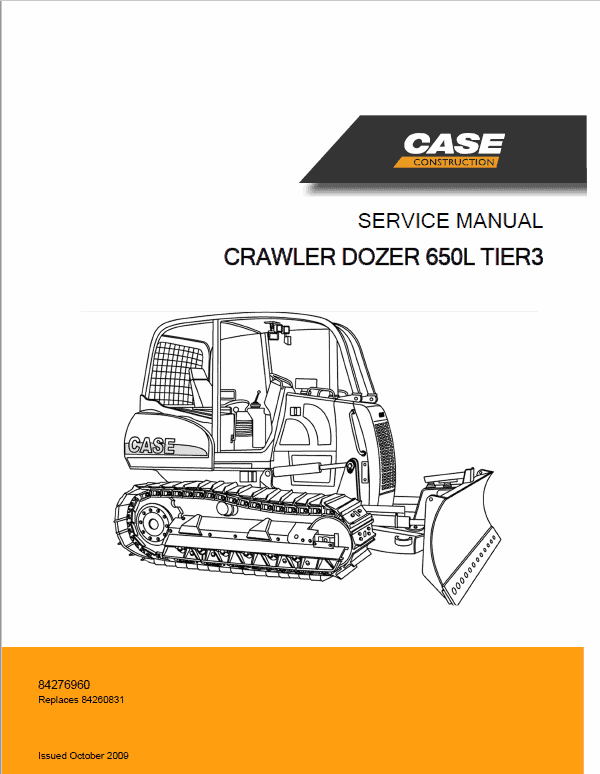
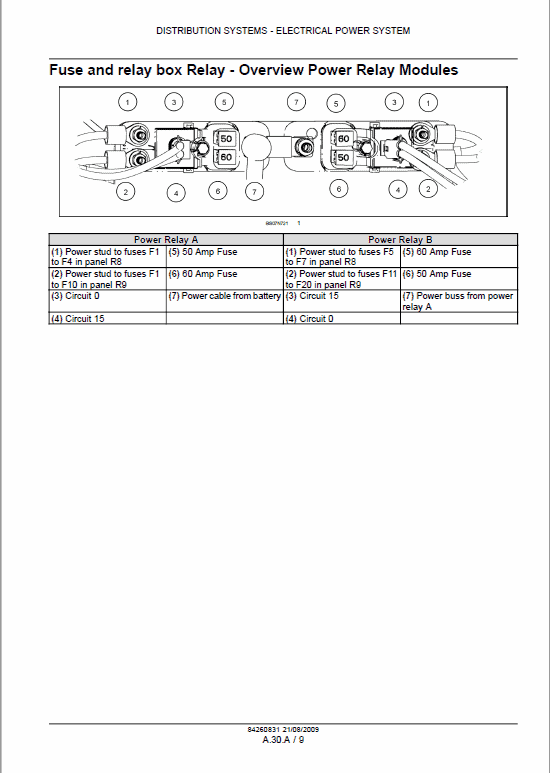
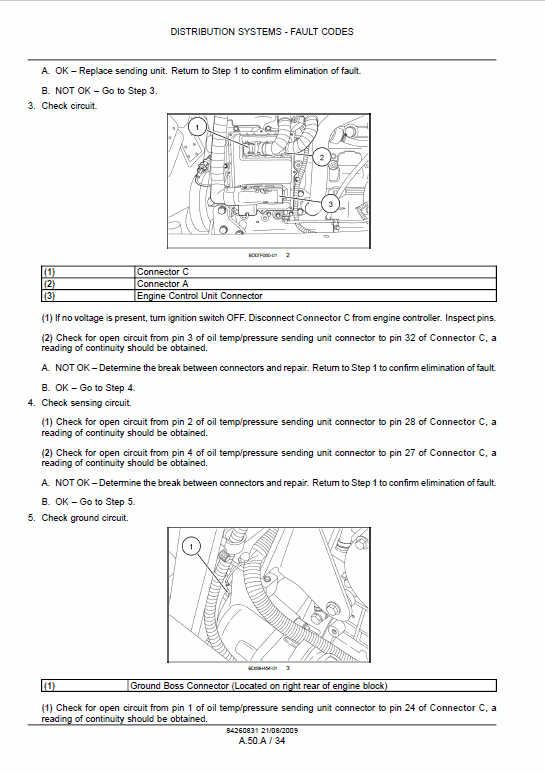
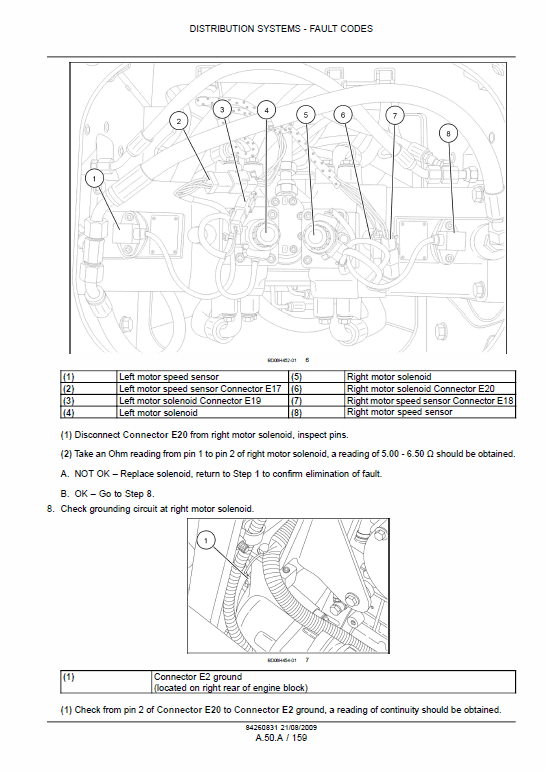

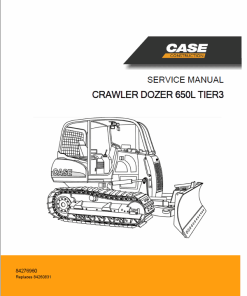
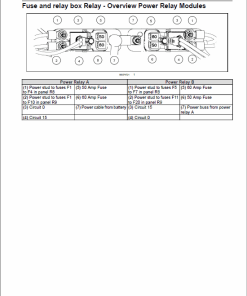
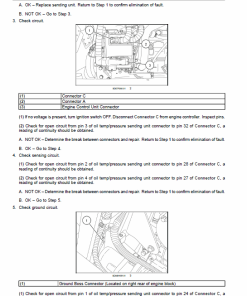
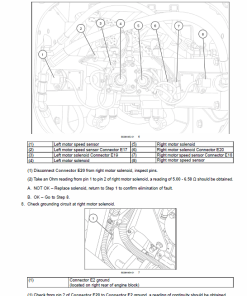
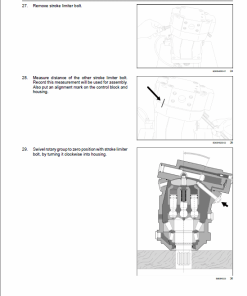


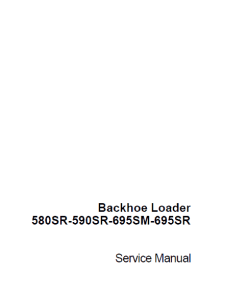
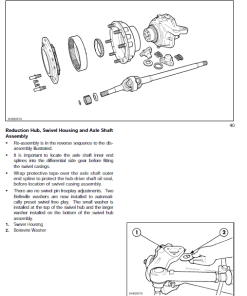
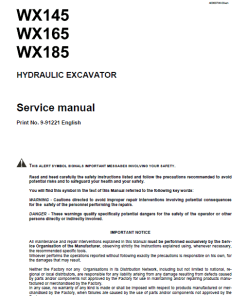
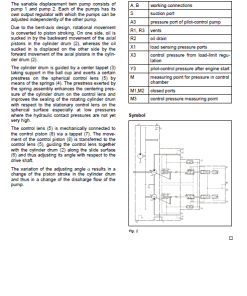
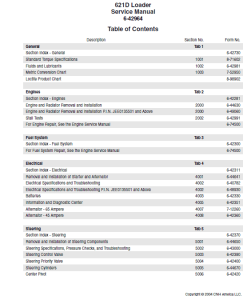
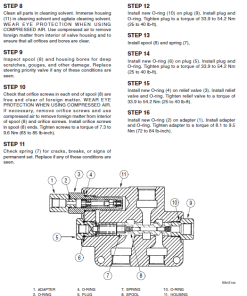
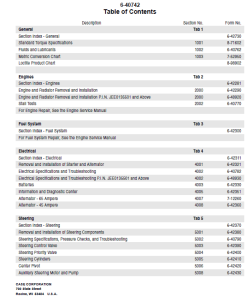
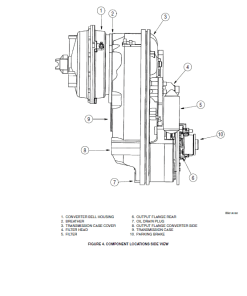
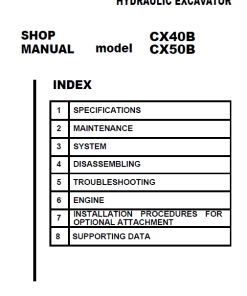
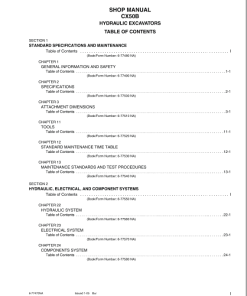
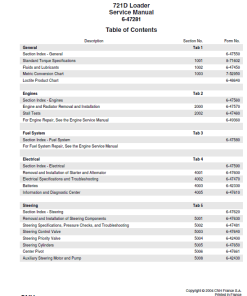
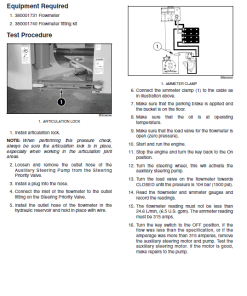
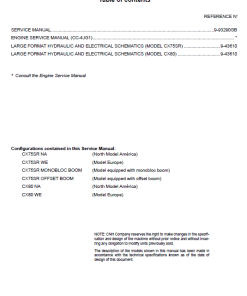
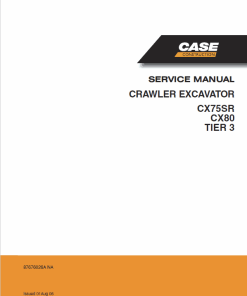


Reviews
There are no reviews yet.